The humble snake, an animal that often evokes fear or fascination, harbors a remarkable secret: exceptional longevity in captivity. While many animals struggle to reach even half their natural lifespan when kept by humans, certain snake species not only survive but thrive, often living decades beyond their wild counterparts. From ball pythons celebrating their 40th birthdays to corn snakes entering their fourth decade, these reptilian Methuselahs represent a fascinating intersection of biology, evolution, and human care. Their impressive lifespans aren’t merely coincidental but stem from a complex interplay of evolutionary adaptations, metabolic efficiency, and the meticulous attention of dedicated keepers. Let’s explore the remarkable factors that enable some snakes to become extraordinarily long-lived companions.
Evolutionary Advantages: Built for the Long Haul
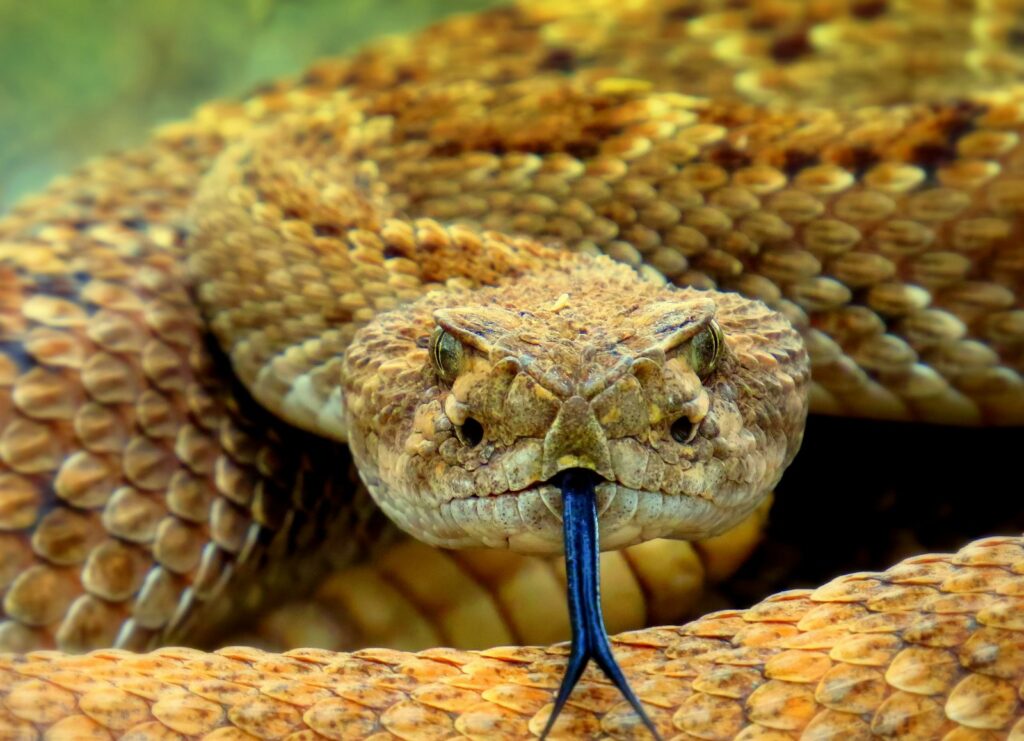
Snakes evolved specific adaptations that inadvertently prepared them for longevity in captivity settings. Their simplified body plan—essentially a spine with specialized organs in a tubular body—reduces the complexity that can lead to failure points in more anatomically intricate animals. Many long-lived species evolved in environments where food was inconsistent, developing remarkable metabolic efficiency that allows them to process energy slowly and survive long periods without eating. This slow-burn metabolism contributes significantly to their cellular longevity, as their bodies experience less oxidative stress than mammals of similar size. Additionally, their scaled skin provides exceptional protection against environmental damage and infection, further supporting their potential for extended lifespans when properly maintained in captivity.
Metabolic Marvels: The Slow-Burning Engine
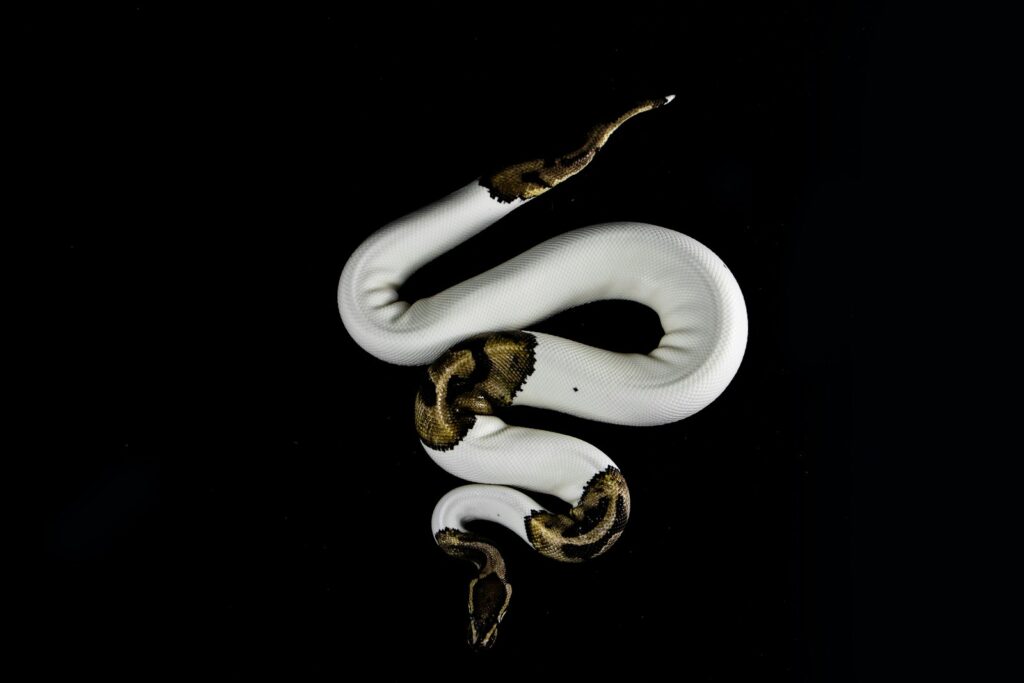
A snake’s metabolism represents a masterclass in energy conservation, operating at rates significantly slower than similarly-sized mammals. This metabolic efficiency means their bodies generate fewer harmful byproducts like free radicals that contribute to aging at the cellular level. In captivity, where ambient temperatures are carefully controlled, snakes can maintain optimal metabolic rates without the energy-expensive heating and cooling fluctuations they might experience in the wild. Many long-lived species can reduce their metabolism by up to 70% during periods of inactivity, essentially pressing pause on their aging processes. This remarkable ability to dramatically slow bodily functions while maintaining health allows species like ball pythons and boa constrictors to potentially outlive several generations of human caretakers.
Stress Reduction: The Captivity Advantage
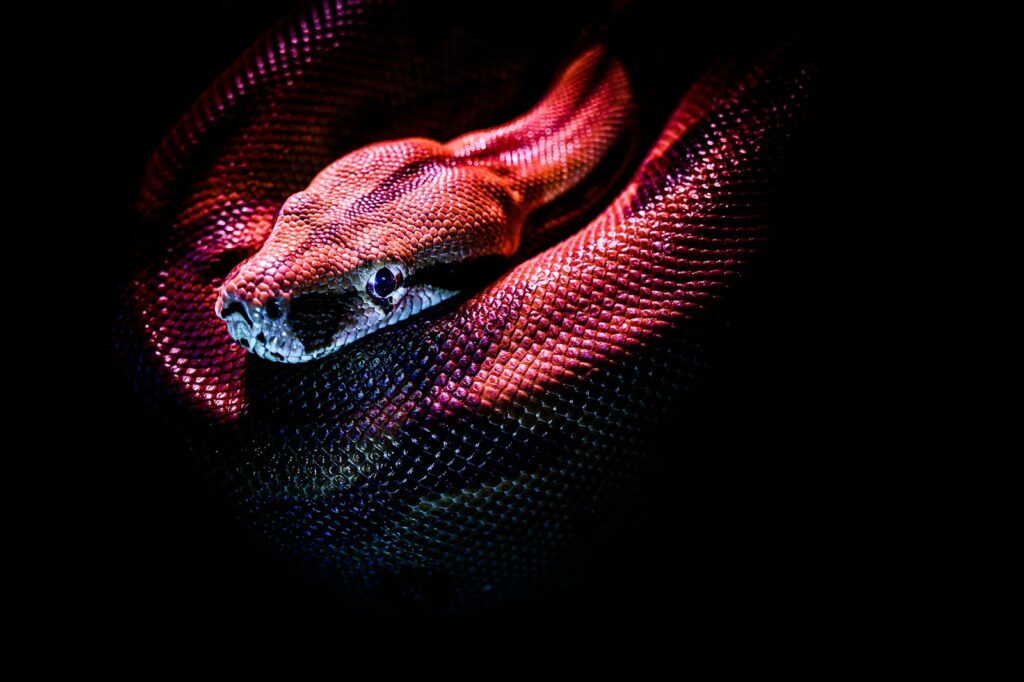
Wild snakes face constant stressors that dramatically impact their lifespan, including predation pressure, competition for resources, extreme weather events, and seasonal food scarcity. In contrast, well-kept captive snakes experience virtually none of these survival pressures, allowing their bodies to dedicate energy to maintenance and longevity rather than constant vigilance and survival. Research indicates that chronic stress hormones directly impact cellular aging processes, with wild reptiles showing significantly higher cortisol levels than their captive counterparts. The captive environment, when properly maintained, creates a stress-free bubble that allows snakes to express their full genetic potential for longevity. This stress reduction factor alone can add years or even decades to a snake’s lifespan when compared to wild populations.
Optimized Nutrition: Precision Feeding

Captive snakes benefit from feeding regimens that would be impossible in nature, with precisely timed meals of appropriate size and nutritional content. This optimal nutrition eliminates the feast-or-famine cycle wild snakes experience, where they might gorge on unusually large prey followed by weeks or months of hunger. Dedicated keepers can provide prey items raised specifically for nutritional completeness, sometimes supplemented with vitamins and minerals tailored to the snake’s specific needs. In contrast, wild snakes often consume malnourished, parasite-laden, or even toxic prey, causing cumulative damage to their organs over time. The consistent, high-quality diet available in captivity supports organ health, immune function, and overall longevity, allowing captive specimens to frequently outlive their wild counterparts by decades.
Healthcare Access: Preventative Medicine
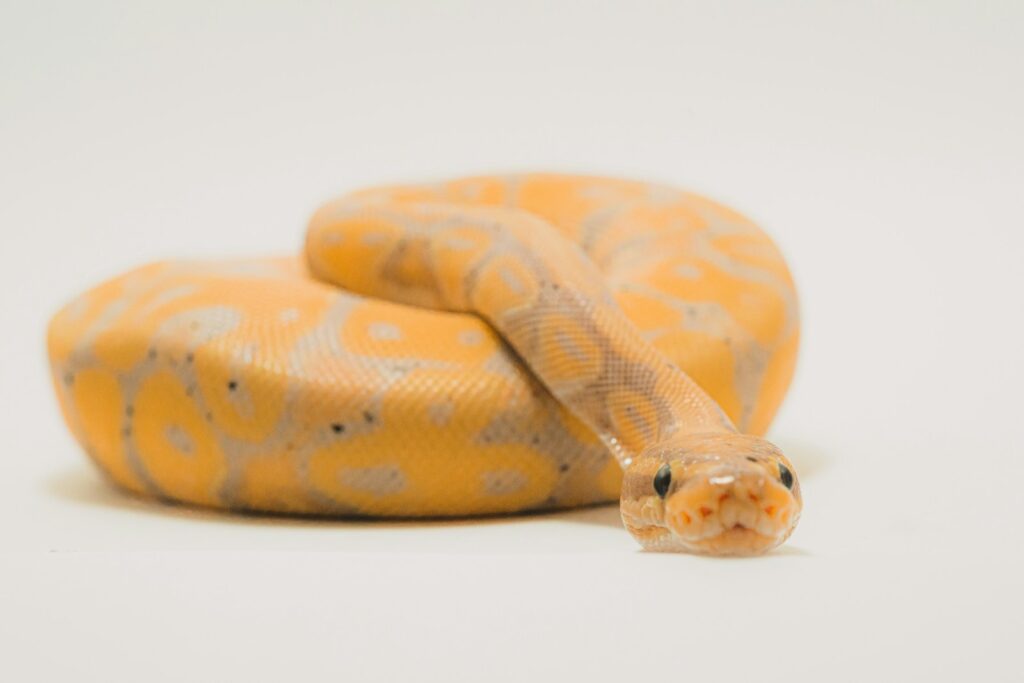
The modern captive snake benefits from remarkable advances in reptile veterinary medicine that were unimaginable just decades ago. Regular health screenings allow for early detection of issues that would prove fatal in the wild, from parasitic infections to respiratory diseases and tumors. Specialized reptile veterinarians can perform advanced procedures like endoscopy, ultrasound, and even surgery on species that historically received little medical attention. Preventative treatments for common snake ailments, alongside routine parasite screening and treatment, eliminate many of the factors that limit lifespans in wild populations. This consistent healthcare access represents perhaps the single most significant factor separating the lifespan potential of captive snakes from their wild counterparts, particularly for species like ball pythons that can reach 40+ years with proper veterinary support.
Environmental Control: Perfect Conditions

The carefully controlled environments provided in captivity eliminate the extreme temperature fluctuations, seasonal changes, and weather events that can stress or kill wild snakes. Dedicated keepers maintain precisely targeted temperature gradients, humidity levels, and lighting cycles tailored specifically to their species’ evolved preferences. Many long-lived species come from regions with harsh seasonal variations, where they might experience life-threatening temperatures or drought conditions regularly. In captivity, these environmental stressors disappear entirely, allowing the snake’s body to function in optimal conditions year-round. This environmental stability permits captive snakes to maintain ideal body function without the metabolic strain of adapting to changing conditions, directly contributing to their extended lifespans.
Predator Protection: Safety from Harm

Perhaps the most obvious advantage of captivity is the complete absence of predation, a major cause of mortality for snakes in the wild. Even large, potentially dangerous species like reticulated pythons face significant predation pressure during their vulnerable juvenile stages from birds of prey, monitor lizards, wild cats, and other predators. In captivity, this mortality factor is eliminated entirely, allowing all individuals to reach their genetic potential for longevity rather than succumbing to predation early in life. The security of a well-designed enclosure also prevents injuries that might lead to infection or impaired movement in wild snakes. Additionally, properly housed captive snakes avoid dangerous encounters with larger or venomous species that might occur in their natural habitat, further enhancing their survival prospects.
Indeterminate Growth: Continuous Development
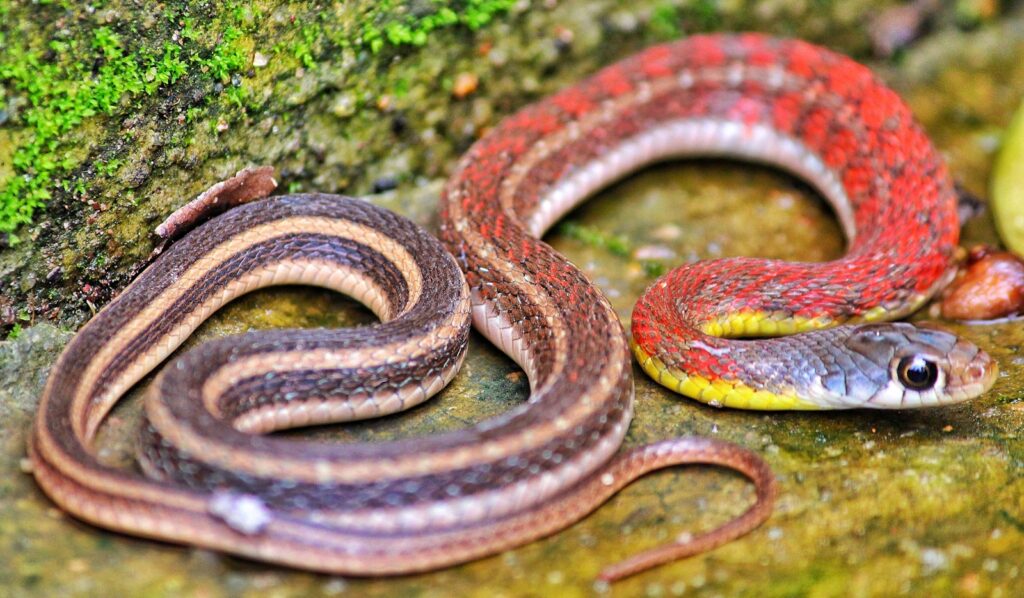
Many snake species exhibit indeterminate growth patterns, meaning they continue growing throughout their lives, albeit at decreasing rates as they age. This biological characteristic correlates strongly with increased longevity potential, as their bodies maintain renewal processes far longer than animals with determinate growth. Species like boa constrictors and pythons can continue producing new cells and tissues well into advanced age, essentially extending their developmental phase beyond what mammals experience. In properly maintained captivity, this growth potential can be optimized through precise nutrition and environmental controls, allowing the snake to reach sizes rarely seen in wild specimens. The continuous cell replacement and tissue renewal associated with indeterminate growth may contribute significantly to these species’ remarkable captive lifespans, sometimes exceeding 30-40 years.
Species Variations: The Longevity Champions
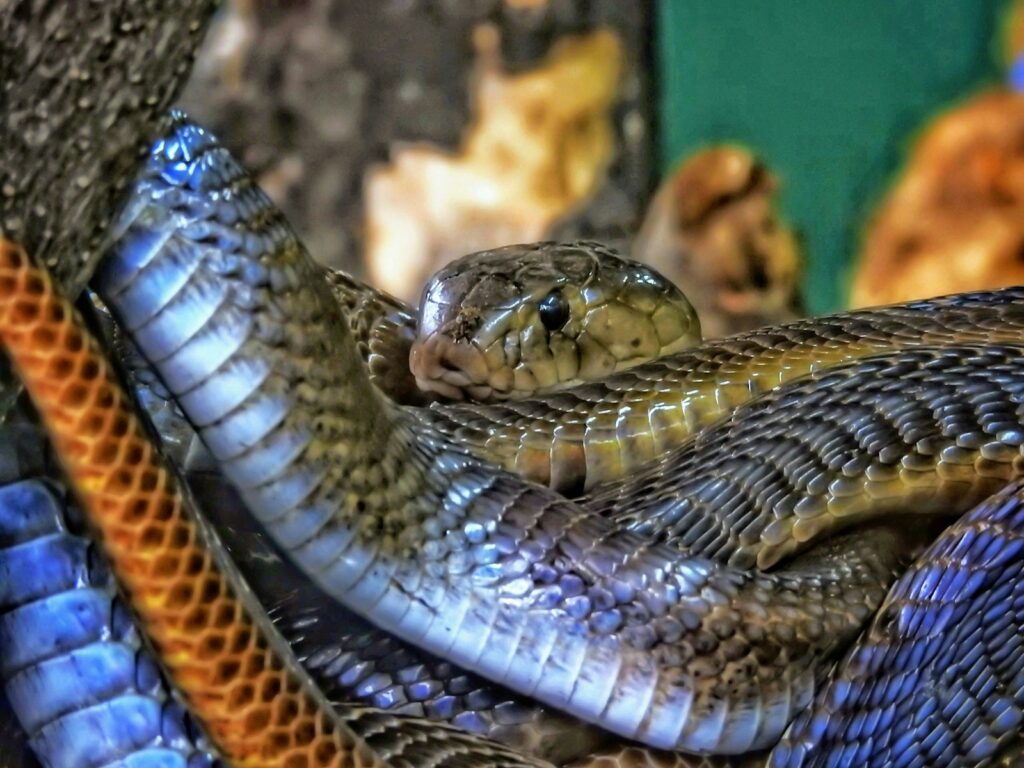
Not all snake species share the same longevity potential, with certain families demonstrating particularly impressive lifespans in captivity. Ball pythons (Python regius) consistently rank among the longest-lived, with well-documented cases exceeding 40 years and anecdotal reports of specimens nearing 50 years in exceptional care. Boa constrictors (Boa constrictor) regularly surpass the three-decade mark, with some individuals reaching their mid-30s while maintaining good health and reproductive capability. Among colubrids, corn snakes (Pantherophis guttatus) stand out with verified lifespans approaching 30 years, despite being considerably smaller than the python and boa champions. The king cobra (Ophiophagus hannah), despite its venomous nature and more specialized care requirements, has demonstrated captive longevity exceeding 25 years in professional facilities, showcasing that longevity potential exists across diverse snake lineages.
Breeding Considerations: Reproductive Trade-offs
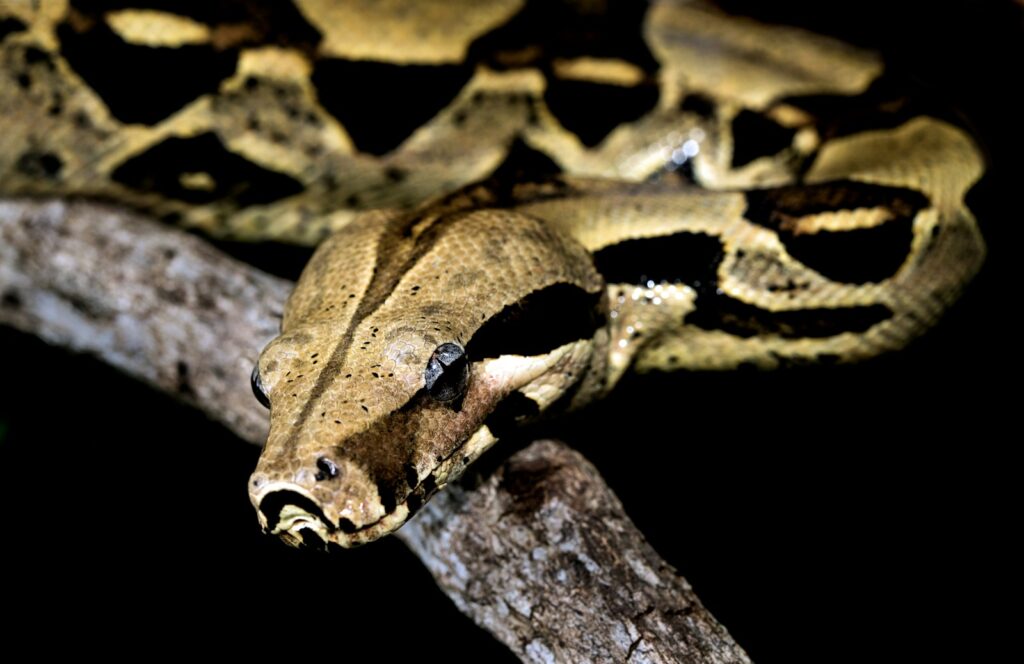
Reproductive activity significantly impacts longevity in captive snakes, often creating a direct trade-off between breeding frequency and lifespan. Female snakes that produce multiple clutches throughout their lives typically show reduced longevity compared to non-breeding individuals, as egg production demands considerable energy and calcium resources that might otherwise support cellular maintenance and longevity. Male snakes experience less dramatic reproductive costs but still exhibit elevated stress hormones and decreased feeding during breeding seasons. Many professional breeders observe that females removed from breeding rotations after their prime reproductive years often experience extended lifespans compared to continuously bred individuals. This reproductive trade-off explains why some of the oldest documented captive snakes are non-breeding specimens kept as personal pets rather than breeding colony animals, highlighting how reproductive management decisions directly impact potential longevity.
Genetic Factors: Inherited Potential
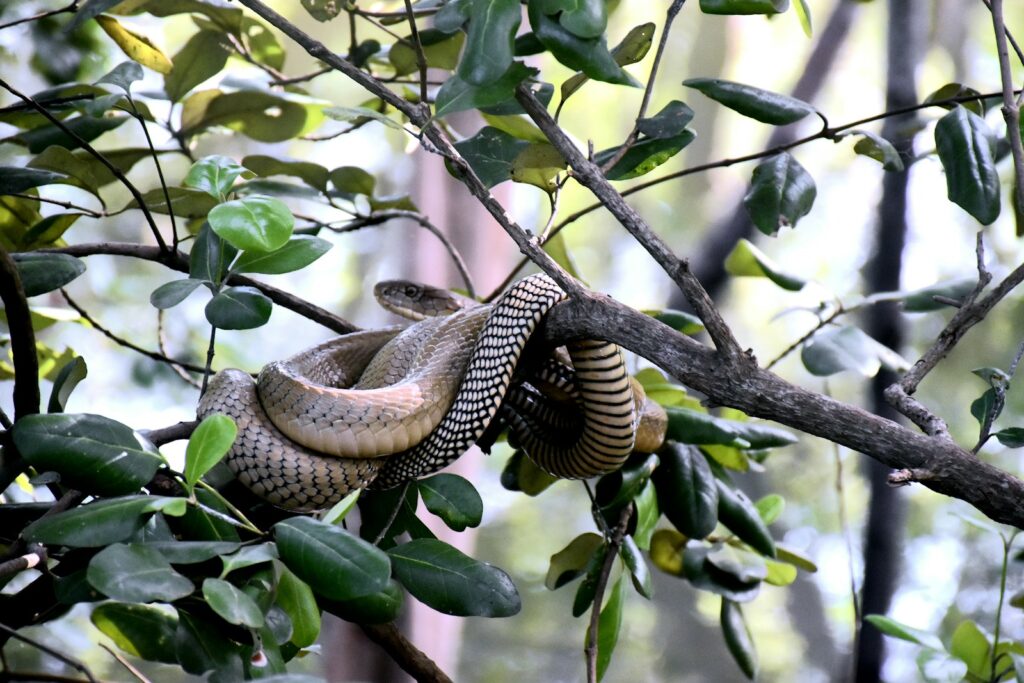
The genetic underpinnings of snake longevity remain an emerging area of research, with evidence suggesting significant heritable components to lifespan potential. Certain bloodlines within popular species like ball pythons demonstrate consistently longer lifespans across multiple generations, suggesting genetic factors influence longevity independent of care practices. Snakes possess several genetic advantages related to longevity, including efficient DNA repair mechanisms that maintain genomic integrity over decades. Research into telomere length—the protective caps on chromosomes that shorten with age in many species—shows snakes maintain telomere stability far longer than similarly-sized mammals. Some species express naturally high levels of antioxidant enzymes that protect against cellular damage, with these protective mechanisms showing greater activity in long-lived species compared to shorter-lived relatives, suggesting evolutionary selection for these longevity-promoting traits.
Husbandry Evolution: Better Care Practices
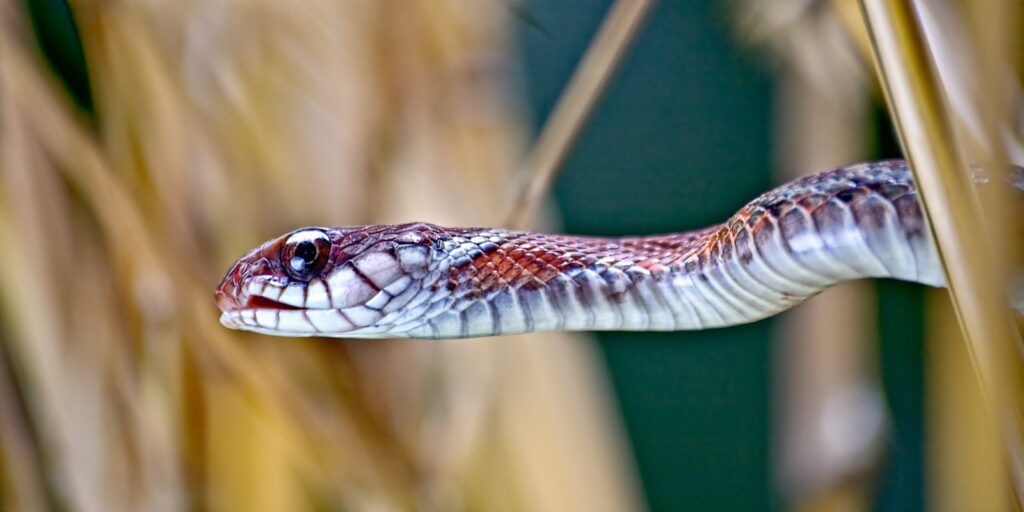
The remarkable lifespans observed in modern captive snakes reflect decades of improvement in husbandry knowledge and techniques. Early captive specimens from the 1970s and 1980s rarely achieved their longevity potential due to limited understanding of species-specific needs, inadequate temperature regulation technology, and poor nutritional knowledge. Today’s keepers benefit from precise digital thermostats, naturalistic enclosure designs, specialized reptile veterinary care, and extensively researched dietary guidelines that optimize health at every life stage. Online communities facilitate rapid knowledge sharing among keepers worldwide, accelerating the refinement of husbandry protocols and allowing even novice keepers to implement expert-level care. This evolution in captive care directly translates to extended lifespans, with each generation of captive snakes benefiting from improved husbandry standards that better meet their biological needs.
The Future of Reptile Longevity Research
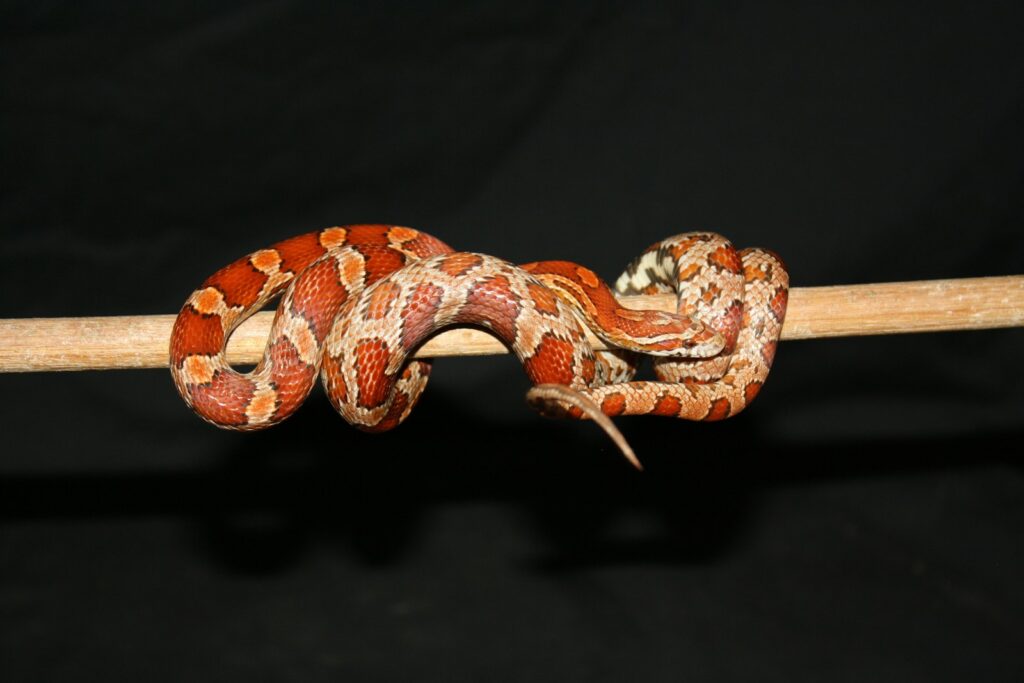
As more captive snakes enter their third and fourth decades, researchers are gaining unprecedented opportunities to study reptilian aging processes. Comparative studies between geriatric captive specimens and their wild counterparts reveal fascinating differences in organ function, cellular repair mechanisms, and immune system efficiency. Advanced genetic sequencing techniques now allow scientists to identify specific genes related to exceptional longevity in reptiles, potentially offering insights applicable to human aging research. Some specialized reptile facilities have established longevity programs specifically tracking the health parameters of exceptionally old specimens, documenting age-related changes and creating baselines for geriatric reptile medicine. As our understanding of snake longevity factors deepens, future captive specimens may routinely exceed current lifespan records, potentially revealing just how long these remarkable reptiles can live under truly optimal conditions.
Conclusion
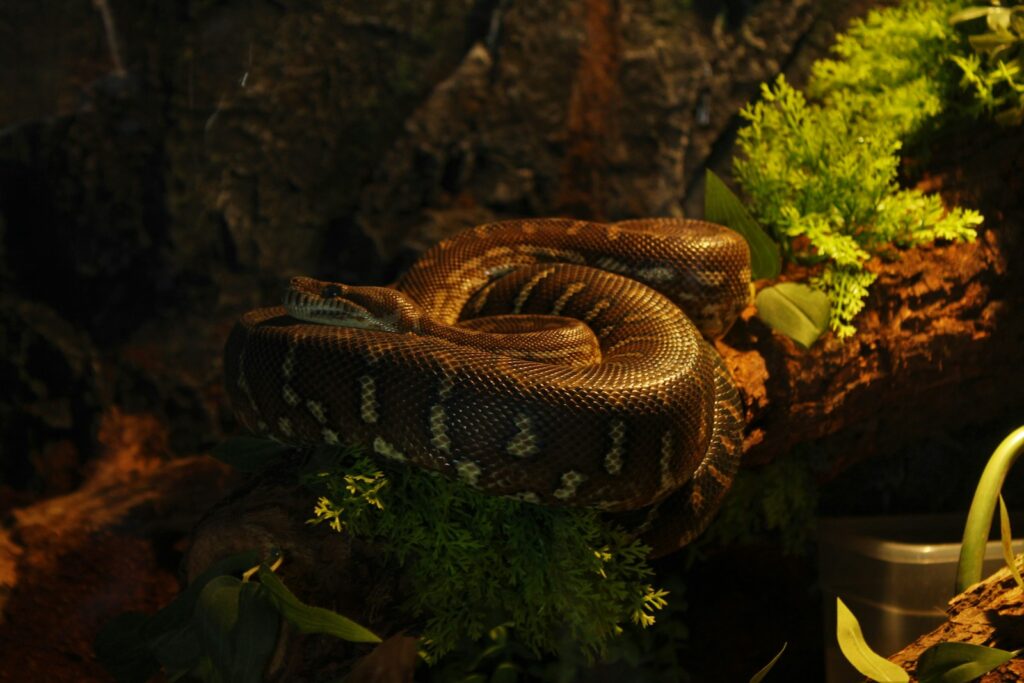
The remarkable longevity exhibited by captive snakes represents a fascinating biological phenomenon with multiple contributing factors. From their naturally efficient metabolism and stress-resistant physiology to the advantages of controlled environments, optimal nutrition, and modern veterinary care, these reptiles demonstrate exceptional adaptability to captivity. As husbandry techniques continue improving and our understanding of reptile aging expands, we may discover that the 30-40 year lifespans currently considered impressive are merely the beginning of what’s possible for these ancient creatures. For potential snake owners, this longevity presents both a wonderful opportunity for a truly long-term companion and a serious responsibility that may span significant portions of a human lifetime. The remarkable snakes celebrating their third, fourth, or even fifth decades in human care stand as living testaments to both evolutionary resilience and the dedication of the humans privileged to share their unusually long journeys.

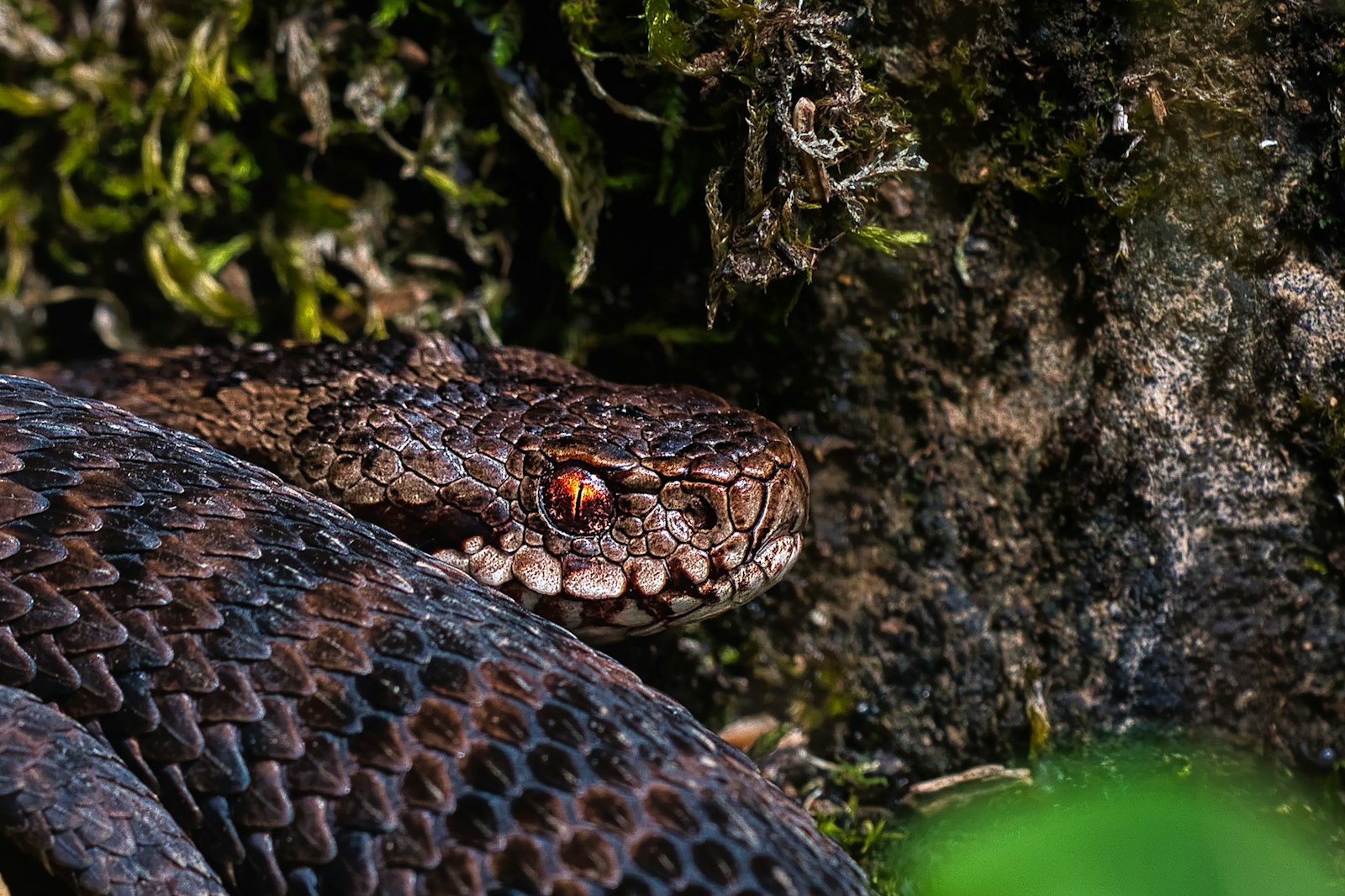
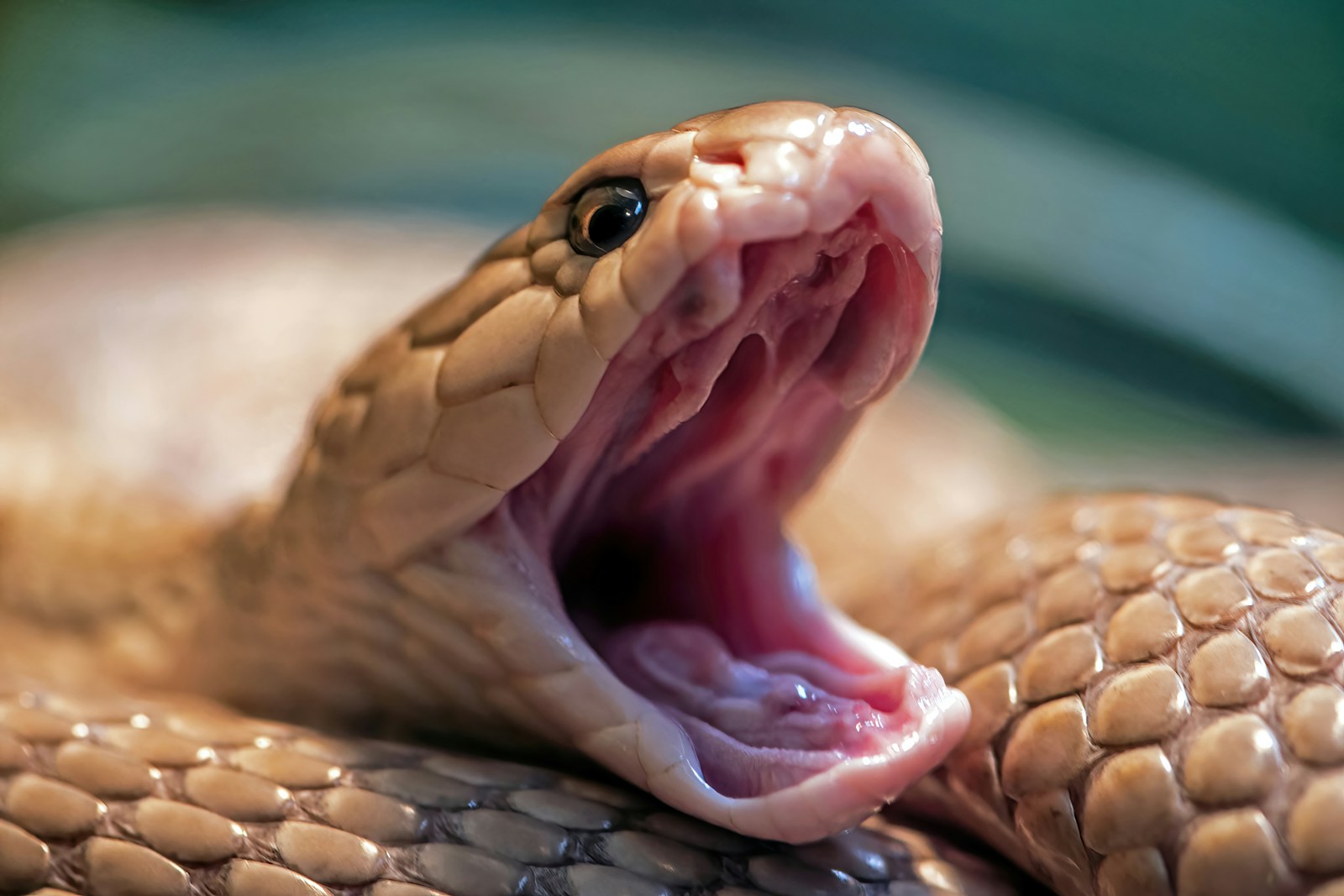
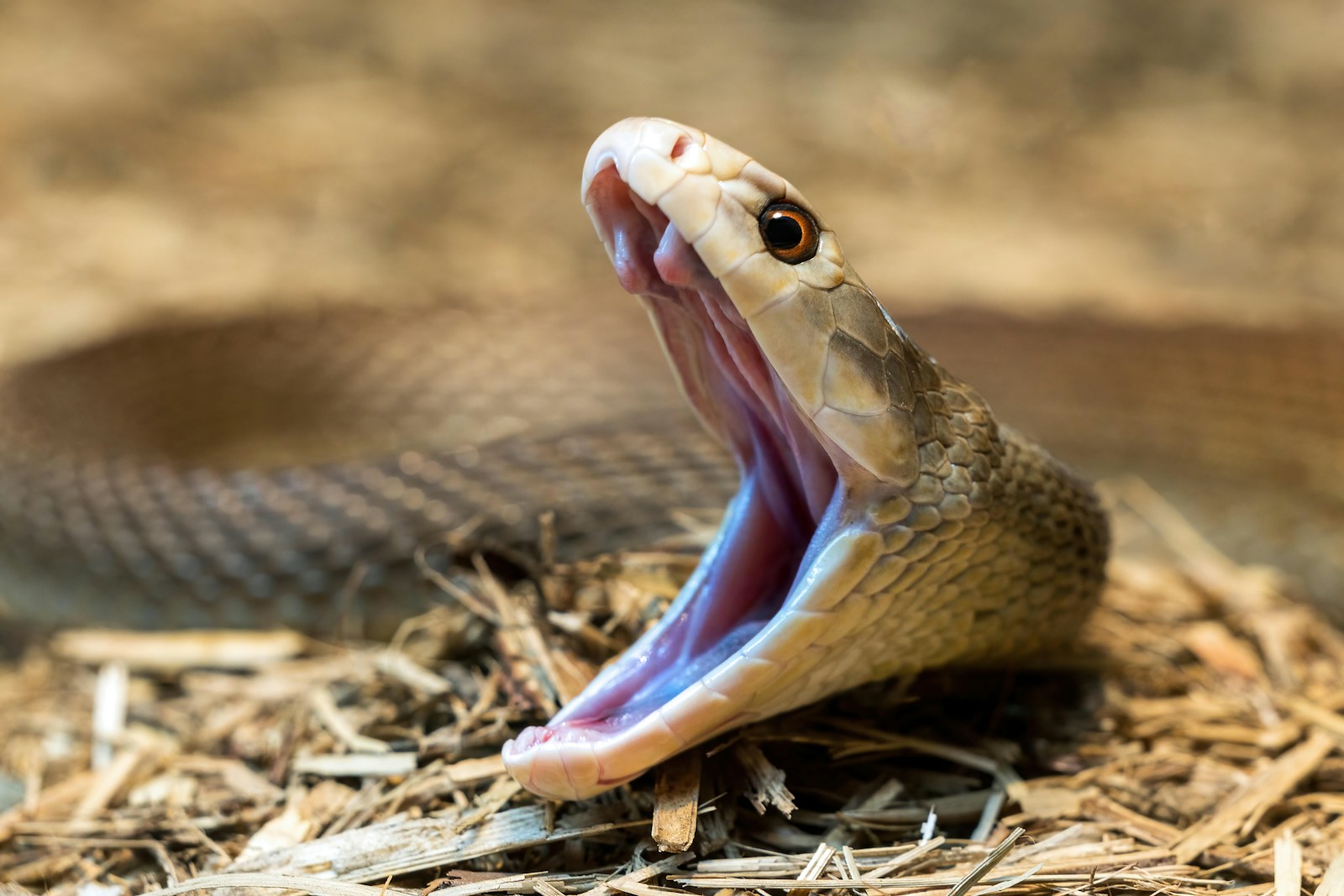
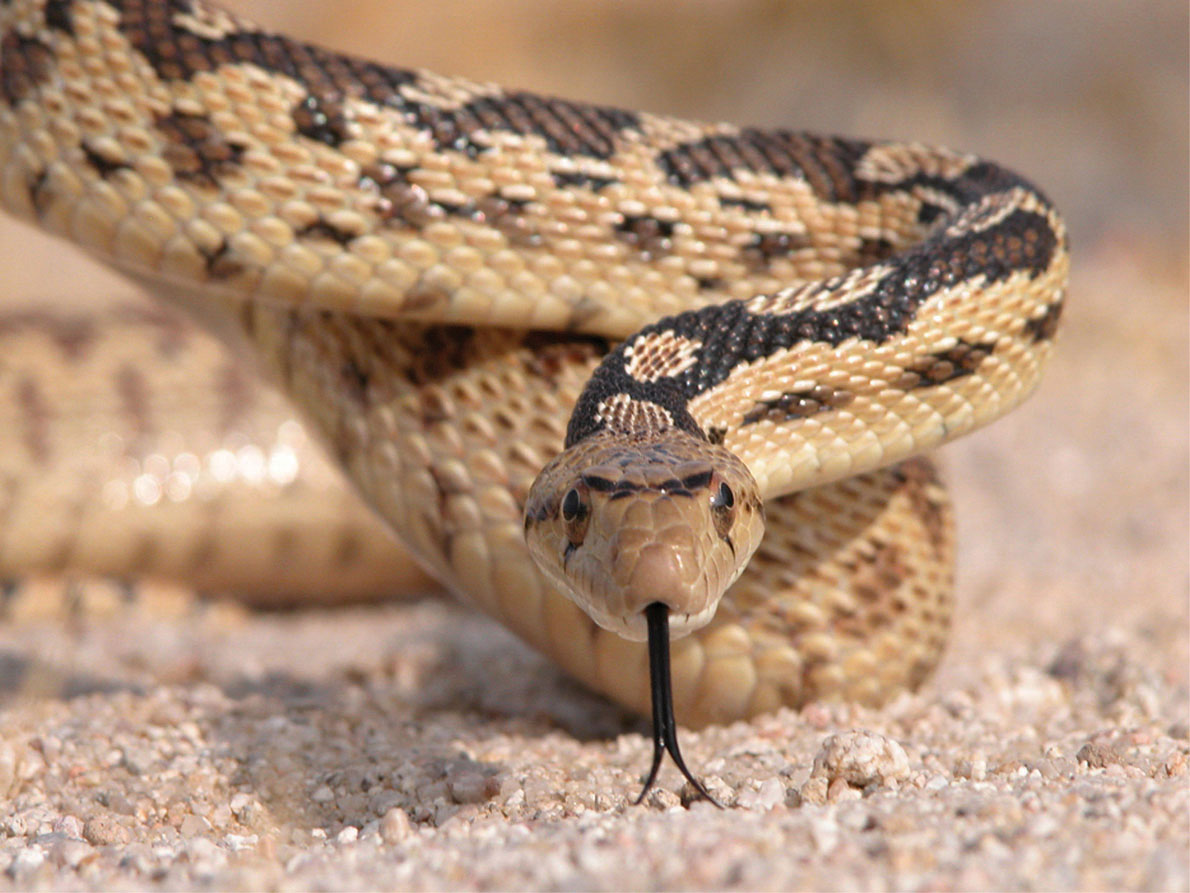
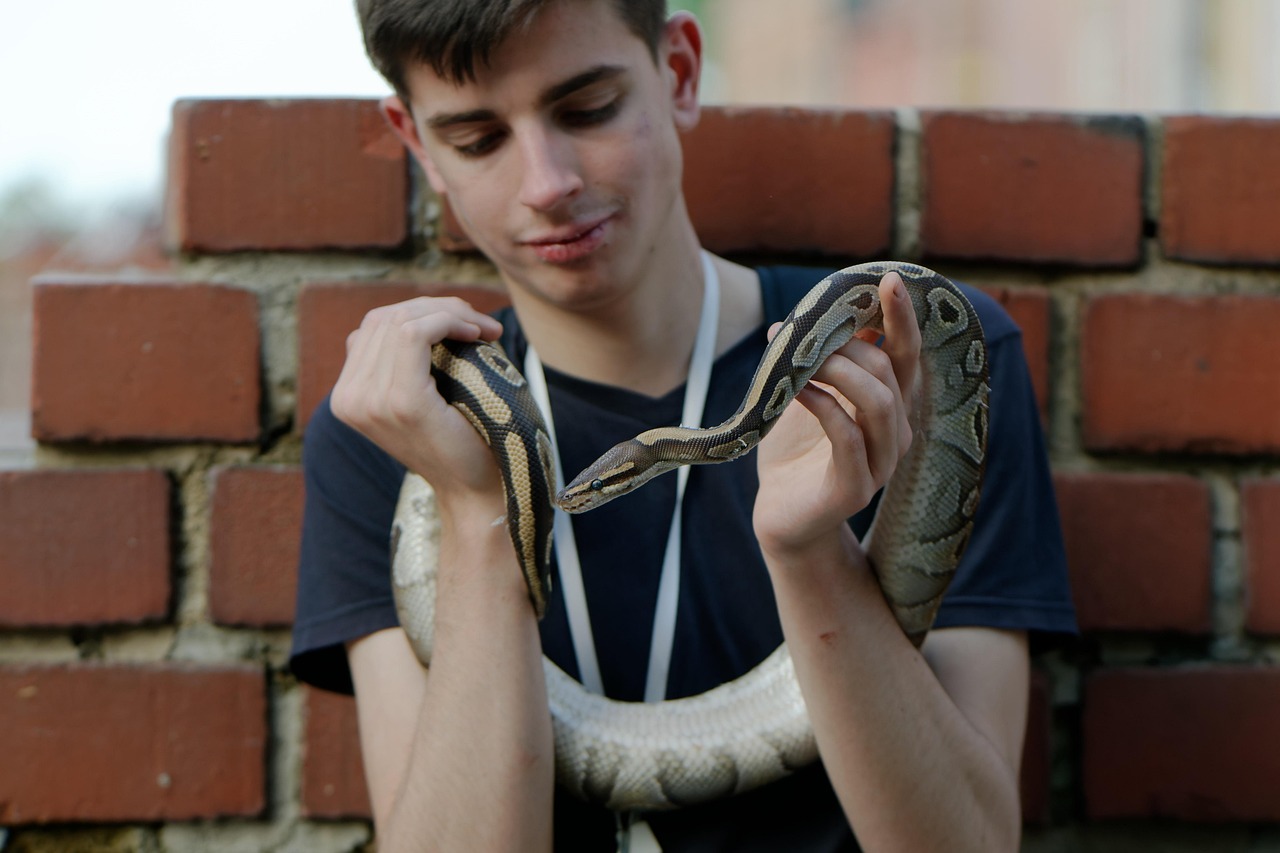
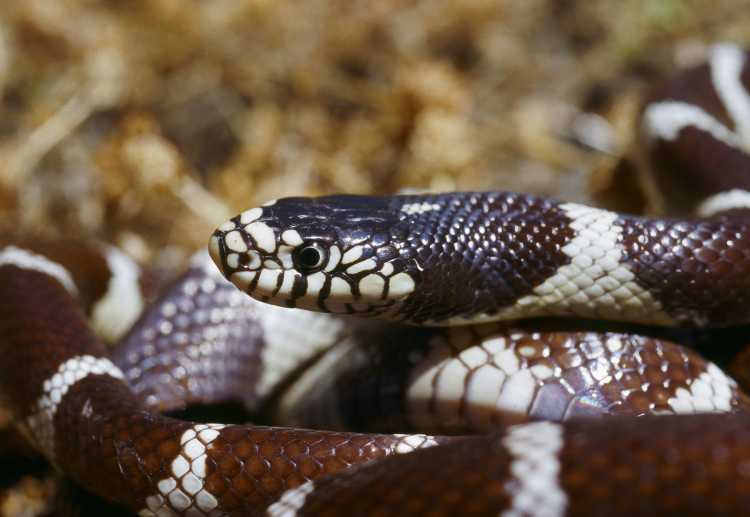
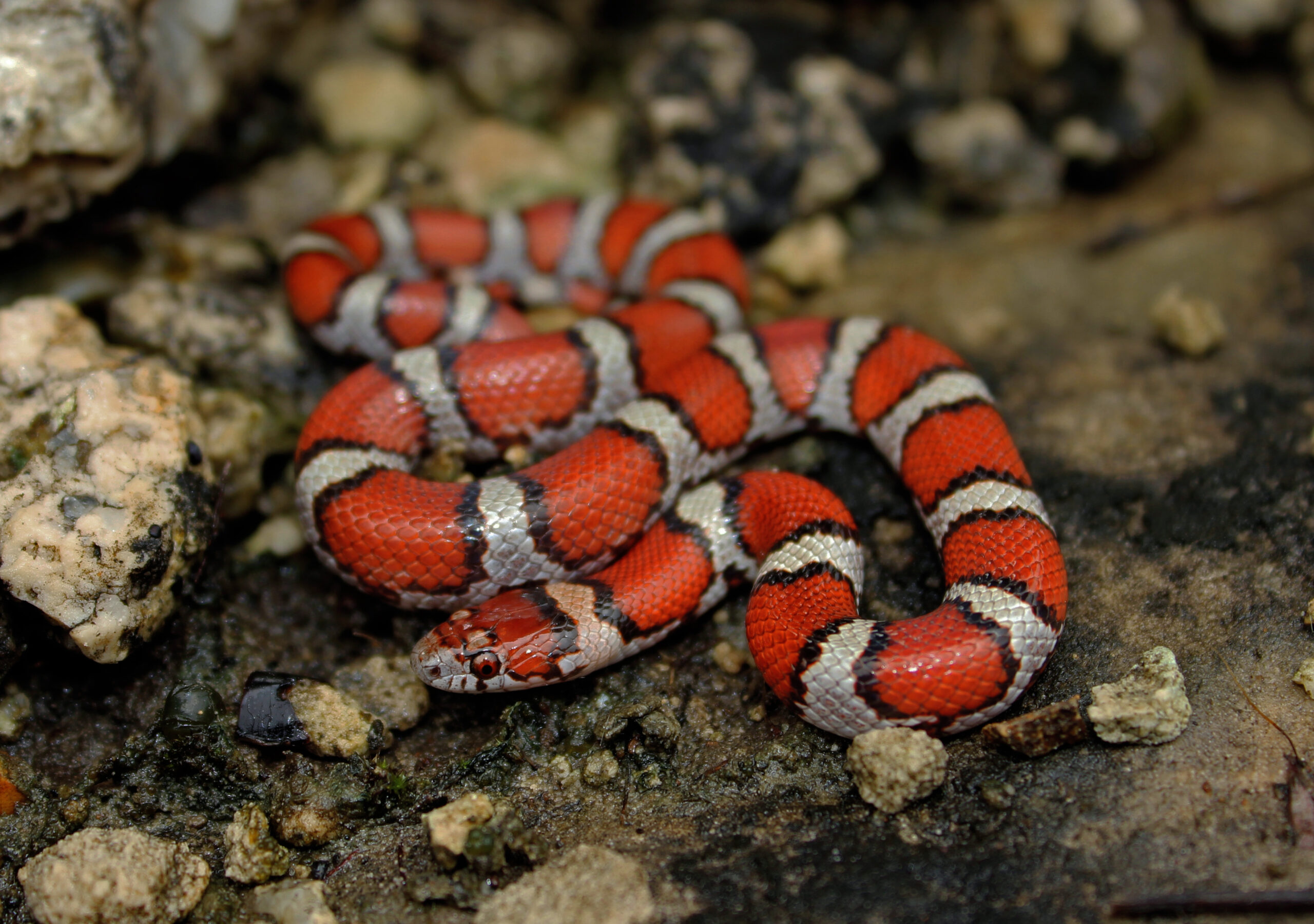
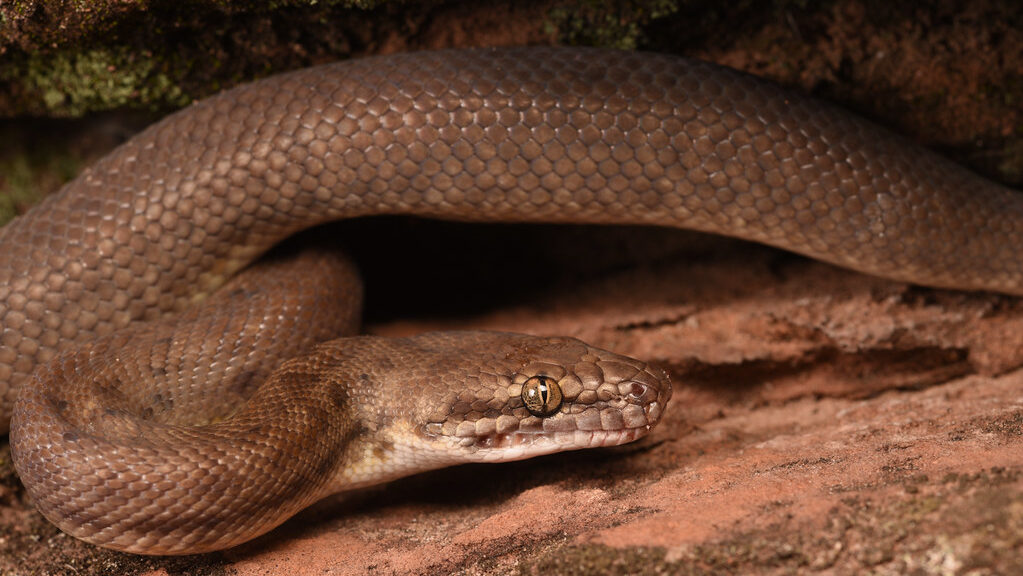







Leave a Reply